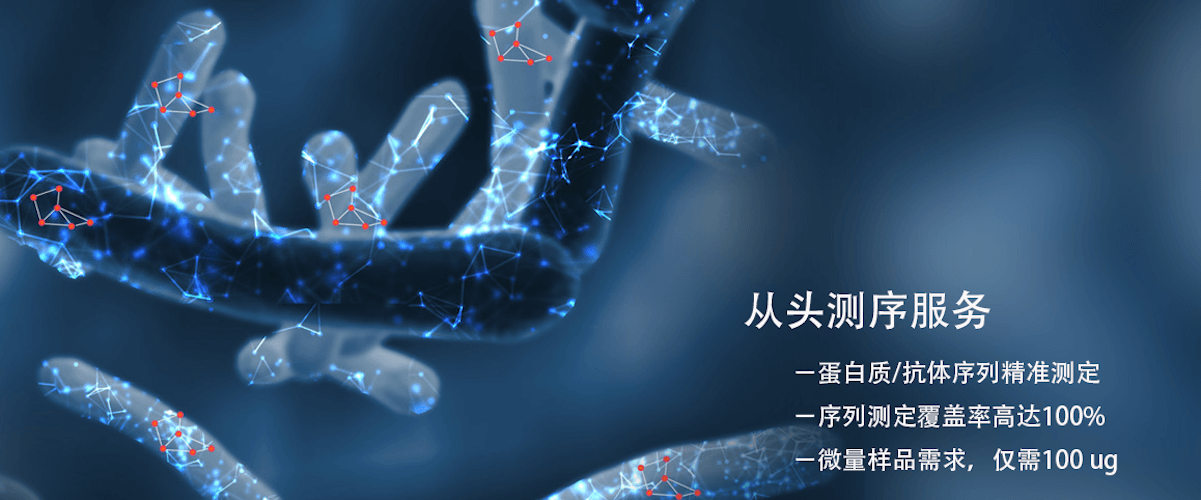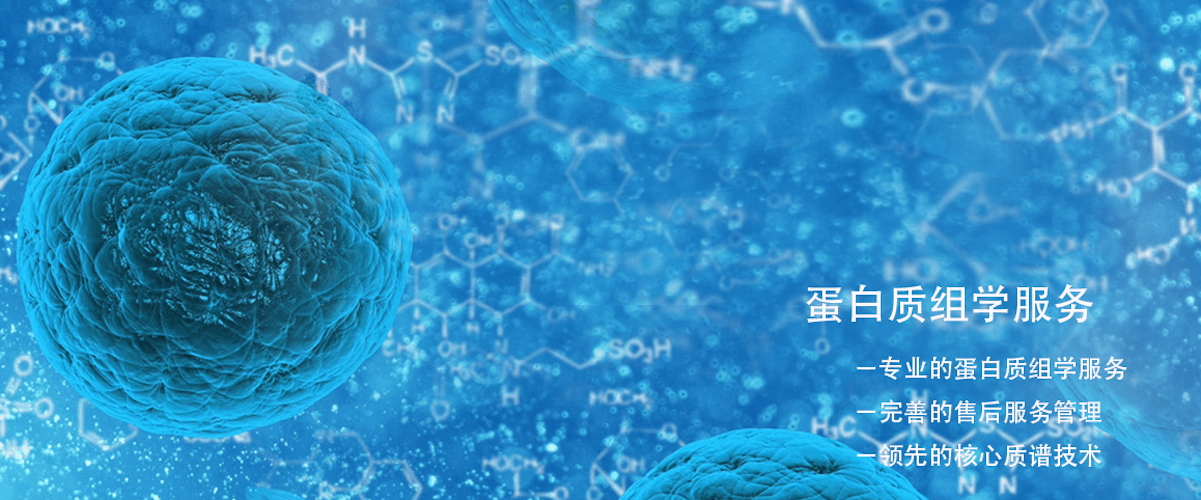De Novo Peptide Sequencing Based on High-Resolution Mass Spectrometry
De Novo peptide sequencing based on high-resolution mass spectrometry utilizes the exceptional resolving power of high-resolution mass spectrometers to accurately measure the mass of peptide fragments, identifying and deciphering amino acid sequences. This technique holds significant importance in proteomics research, particularly in the discovery and identification of novel proteins, addressing the limitations of traditional methods. Since it does not require reference protein or gene databases, De Novo peptide sequencing based on high-resolution mass spectrometry can detect peptides or protein variants that have not yet been recorded in databases.
The core of De Novo peptide sequencing based on high-resolution mass spectrometry lies in leveraging the high precision and sensitivity of high-resolution mass spectrometers. Through systematic analysis of fragmented ions of peptides, it directly infers the amino acid sequence. Mass spectrometers typically use tandem mass spectrometry (MS/MS) technology, employing collision-induced dissociation (CID) or other fragmentation methods to produce a series of fragment ions. De Novo peptide sequencing based on high-resolution mass spectrometry can deduce the amino acid composition of peptide chains in reverse, based on the mass differences of these ions. The high accuracy of this technique relies on the combination of precise ion mass measurements and effective algorithms to eliminate errors and generate the most reliable sequence.
In applying De Novo peptide sequencing based on high-resolution mass spectrometry, the use of high-resolution mass spectrometry enhances the accuracy of sequence inference, allowing for better analysis of complex peptides. Compared to traditional database search methods, De Novo peptide sequencing based on high-resolution mass spectrometry has significant advantages in analyzing unknown proteins or novel biomarkers. Additionally, this method has unique application value in analyzing complex biological samples, identifying mutations and variants related to diseases, and studying proteomic changes in specific biological processes.
Common Questions:
Q1. How does De Novo peptide sequencing based on high-resolution mass spectrometry improve the accuracy of sequence analysis?
A: By combining high-precision data with advanced algorithms, errors in sequence inference can be effectively reduced, thereby improving the accuracy of analysis. Moreover, high resolution helps separate overlapping signals in complex samples, increasing the signal-to-noise ratio, and further enhancing the reliability of sequence identification.
Q2. How does De Novo peptide sequencing based on high-resolution mass spectrometry deal with high background interference in complex samples?
A: Firstly, sample pretreatment is key; choosing appropriate separation techniques and sample purification steps can reduce background interference. Secondly, high-resolution mass spectrometry can more precisely distinguish and exclude background signals. Additionally, using more advanced algorithms and data processing software can effectively filter noise, improving signal recognition accuracy. Finally, repetitive experiments and control experiments can also help validate and enhance the reliability of results.
BiotechPack, A Biopharmaceutical Characterization and Multi-Omics Mass Spectrometry (MS) Services Provider
Related Services:
How to order?





